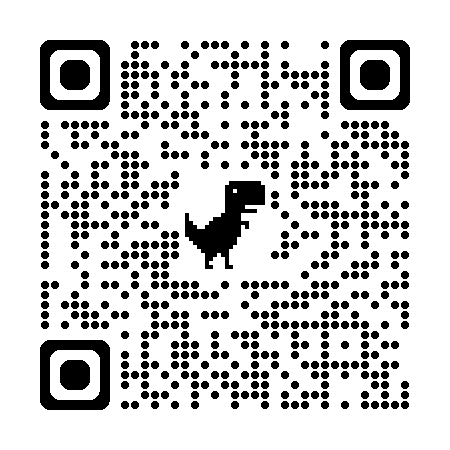The Efficacy of the Blended Learning Instruction: The Correlate Between Peculiarities and Outcomes
Keywords:
, Classroom and Online Learning Environments, Learning Approaches, Mobile learning application, distant learningAbstract
Background: Recently, students have learned in environments that welcome innovations like applying technology via blended instruction. In blended structured learning, students actively engage, enhancing learners' outcomes. However, learners have peculiar characteristics that can present difficulties in effectively utilising blended instruction. Studies conducted in Nigeria on students' peculiarities and inventive pedagogy of technology are scanty.
Objective: This paper examined the efficacy of blended instruction, keeping in mind learners’ contentment, achievement, and motivation and how these relate to learners’ peculiarities (contentment, motivation, and achievement) in a blended instruction climate.
Methodology: The quantitative survey research design was employed in this study. Data were collected from the 2022/2023 semester results and an online questionnaire. The sampling technique that was used in the selection of the sample from the department of science education was multistage sampling. A sample size of 217 students was used for the study. In the biology unit, 120 students were selected, chemistry 80 students, physics ten students, and mathematics seven students. Semester results and the Learners’ Peculiarities and Learning Outcomes Questionnaire (LPLOQ) were employed for data collection.
Results: The students’ peculiarities examined were relevant for a potent blended instruction climate. Academic achievement of male and female students indicated an equilibrium resulting in a non-statistical disparity between male and female students. This study reported a significant gap between the age groups of students and their achievement. The variables of self-regulation and attitude also affect the efficacy of a blended instruction climate. Findings in this study also showed that students performed very well in the following computer tests: word processing, e-mail, spreadsheets, and web browsers, except for HTML tools, where they recorded low scores.
Conclusion: The study concluded that for blended learning instructions to be effective, learners’ peculiarities of age, attitude, self-regulation, and computer dexterity in computer tests, word processing, e-mail, spreadsheets, and web should be investigated as they affect students in blended classroom instruction. The dependent variables' learning outcomes included contentment, achievement, and motivation.
Unique contribution: This paper has highlighted the peculiarities of learners, which are essential for blended learning instructions to be effective during classroom instruction.
Recommendation: Among other recommendations, it was recommended that teachers check for students’ peculiarities when employing blended instruction, as it can affect learning outcomes.
Downloads
Published
How to Cite
Issue
Section
License
Copyright (c) 2025 Cecilia Nja, John Arikpo Okri , Francis Ademola Sanda, Emmanuel Benimpuye Adie, Ekpenyong Effiong Ibok, Joy Joseph Obi, Bernard Atrogor Oko , Bernedette Cornelius-Ukpepi , Lovina Inah, Paul Agbade Olofu , Gladys Ukume

This work is licensed under a Creative Commons Attribution-NonCommercial-ShareAlike 4.0 International License.



